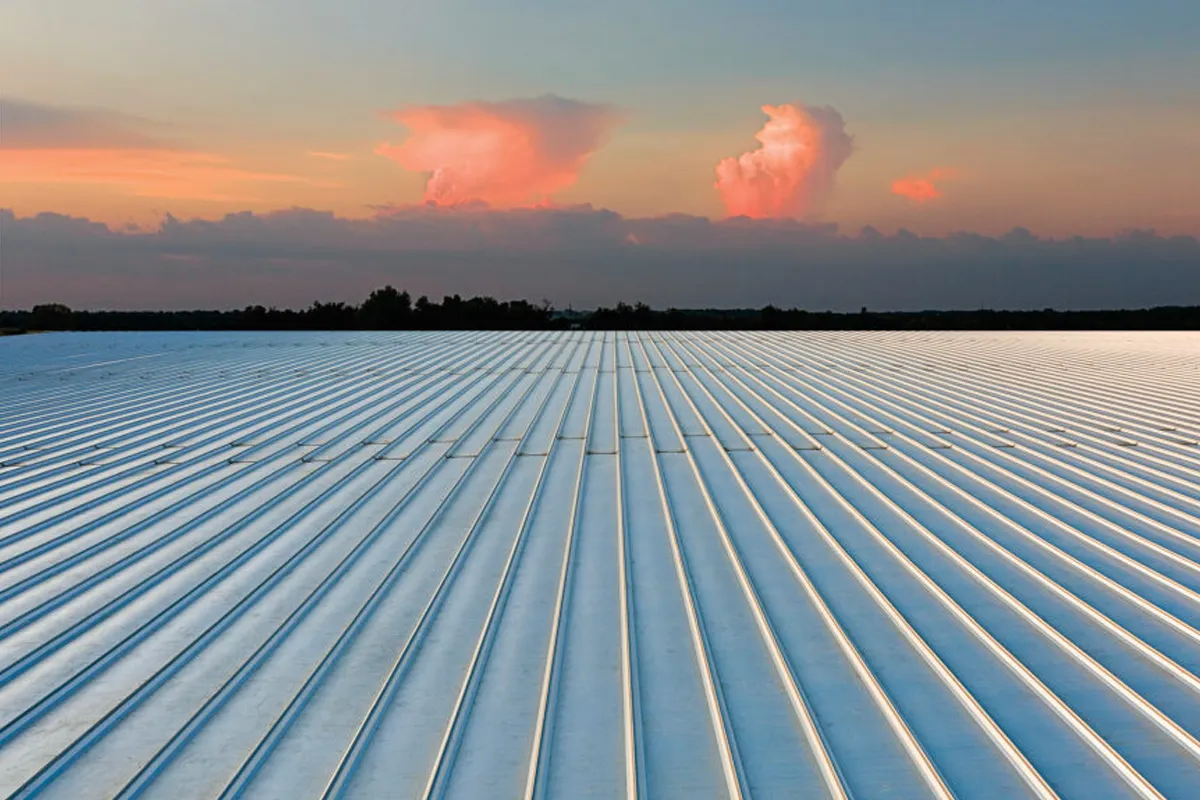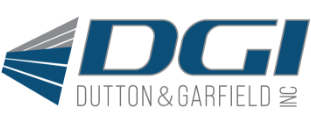
Innovations in Commercial Roofing Materials and Techniques
The commercial roofing industry is constantly evolving, with new materials and techniques emerging to address the demands of modern buildings. Innovations in roofing not only enhance the durability and efficiency of structures but also contribute to sustainability and cost savings. At Dutton & Garfield, Inc., we are committed to staying at the forefront of these advancements to offer our clients the best solutions. In this article, we’ll explore the latest innovations in commercial roofing materials and techniques, their benefits, and the best practices for implementation.
Overview of Modern Roofing Innovations
Recent innovations in commercial roofing focus on improving performance, sustainability, and ease of installation. Here are some of the key advancements:
Cool Roofing Materials: Designed to reflect more sunlight and absorb less heat, cool roofing materials help reduce building temperatures, thereby lowering energy costs and improving indoor comfort. These materials often feature reflective coatings or are made from inherently reflective materials.
Green Roofs: These systems incorporate vegetation layers that provide insulation, reduce stormwater runoff, and improve air quality. Green roofs can transform unused rooftop space into functional, eco-friendly areas, contributing to urban biodiversity.
Single-Ply Membranes: Single-ply roofing membranes, such as TPO (Thermoplastic Olefin) and EPDM (Ethylene Propylene Diene Monomer), offer durability, flexibility, and ease of installation. They are resistant to UV radiation and can accommodate a variety of building designs.
Photovoltaic (PV) Roofing: Integrating solar panels directly into the roofing materials, PV roofing generates renewable energy, reducing the building’s reliance on grid electricity. This innovation not only cuts energy costs but also supports sustainability goals.
Self-Healing Roof Membranes: These advanced materials contain embedded microcapsules that release a sealant when punctured, automatically repairing minor damages and extending the roof’s lifespan.
Benefits of Advanced Roofing Materials
Adopting advanced roofing materials offers numerous benefits for commercial buildings. Here are some key advantages:
Energy Efficiency:
- Cool roofing materials and PV roofing significantly reduce energy consumption by reflecting heat and generating renewable energy.
- Improved insulation from green roofs and high-performance membranes enhances thermal efficiency.
Cost Savings:
- Energy-efficient roofs lower utility bills, providing substantial cost savings over the roof's lifespan.
- Durable materials and self-healing technologies reduce maintenance and repair costs.
Environmental Sustainability:
- Green roofs contribute to biodiversity, improve air quality, and manage stormwater runoff.
- Photovoltaic roofing supports renewable energy production, reducing carbon footprints.
Enhanced Durability:
- Advanced materials are designed to withstand extreme weather conditions, UV radiation, and mechanical stress.
- Self-healing membranes and high-quality single-ply systems extend the roof’s lifespan, providing long-term reliability.
Aesthetic Appeal:
- Modern roofing materials come in various colors and designs, enhancing the visual appeal of commercial buildings.
- Green roofs create attractive, usable spaces that can improve the overall aesthetic and functionality of the property.
These benefits make advanced roofing materials a smart investment for businesses looking to improve their buildings' performance, sustainability, and overall value.
New Roofing Techniques and Their Advantages
The advancements in roofing materials are complemented by innovative installation techniques that enhance the performance and longevity of commercial roofs. Here are some of the latest roofing techniques and their advantages:
Liquid-Applied Roofing Systems:
- This technique involves applying a liquid coating that cures to form a seamless, waterproof membrane. It’s ideal for complex roof designs and provides excellent protection against leaks.
- Advantages include ease of application, minimal disruption during installation, and adaptability to various roof shapes and sizes.
Prefabricated Roofing Panels:
- Prefabricated panels are manufactured off-site and then installed on the building, reducing on-site labor and construction time. These panels can include insulation and other features for enhanced performance.
- Advantages include faster installation, reduced labor costs, and improved quality control.
Roofing Overlay Systems:
- Overlay systems allow for the installation of a new roof over an existing one without the need for removal. This technique is cost-effective and reduces waste.
- Advantages include lower project costs, less disruption to building occupants, and a quicker installation process.
Thermal Imaging for Leak Detection:
- Thermal imaging technology is used to detect moisture and leaks in roofing systems. It identifies areas of heat loss and potential water intrusion, allowing for targeted repairs.
- Advantages include early detection of issues, precise repairs, and the prevention of further damage.
Drone Inspections:
- Drones are used for roof inspections, providing detailed aerial views of the roof’s condition. They can access hard-to-reach areas and deliver high-resolution images for analysis.
- Advantages include improved safety, thorough inspections, and the ability to monitor large roofs quickly and efficiently.
Best Practices for Implementing Innovative Roofing Solutions
Implementing innovative roofing solutions requires careful planning and execution to maximize their benefits. Here are some best practices to ensure successful implementation:
Conduct a Comprehensive Assessment:
- Start with a thorough assessment of your existing roof to identify areas that need improvement and determine the best materials and techniques to use.
- Work with a professional roofing contractor to conduct this assessment and develop a detailed plan.
Select the Right Materials and Techniques:
- Choose materials and techniques that are suitable for your building’s design, climate conditions, and budget.
- Consider the long-term benefits and potential cost savings of advanced materials and innovative techniques.
Work with Experienced Contractors:
- Partner with contractors who have experience with modern roofing innovations and a proven track record of successful projects.
- Check references and reviews to ensure they have the necessary skills and expertise.
Prioritize Safety and Compliance:
- Ensure that all roofing work complies with local building codes and safety regulations.
- Implement safety measures to protect workers and building occupants during the installation process.
Plan for Maintenance and Monitoring:
- Establish a maintenance plan to keep your roof in optimal condition and address any issues promptly.
- Utilize monitoring technologies, such as thermal imaging and drone inspections, to detect problems early and perform targeted repairs.
Future Trends in Commercial Roofing
The commercial roofing industry continues to evolve, with new trends emerging that promise to further enhance the performance, sustainability, and cost-effectiveness of roofing systems. Here are some future trends to watch:
Smart Roofing Systems:
- Integration of sensors and IoT technology to monitor roof conditions in real-time, providing data on temperature, humidity, and structural integrity.
- Smart systems can automate maintenance schedules and alert building managers to potential issues before they become significant problems.
Advanced Materials:
- Development of new materials, such as graphene coatings and nanotechnology, to enhance durability and energy efficiency.
- These materials offer superior resistance to weathering, UV radiation, and mechanical damage.
Energy-Generating Roofs:
- Continued advancements in photovoltaic technology, making solar roofs more efficient and affordable.
- Integration of other renewable energy technologies, such as wind turbines, into roofing systems.
Green and Blue Roofs:
- Expansion of green roofs for urban environments, providing benefits such as insulation, stormwater management, and increased biodiversity.
- Blue roofs designed to capture and store rainwater for reuse, reducing the demand on municipal water systems.
Recyclable and Sustainable Materials:
- Increased use of recyclable materials and sustainable production practices to minimize the environmental impact of roofing projects.
- Focus on reducing waste and promoting circular economy principles in the roofing industry.
Contact Us to Enhance Your Roofing Solutions
Innovations in commercial roofing materials and techniques offer exciting opportunities to improve the performance, sustainability, and aesthetics of your building. At Dutton & Garfield, Inc., we are committed to staying at the forefront of these advancements to provide our clients with the best possible solutions. Whether you’re looking to upgrade your existing roof or planning a new construction project, our team of experts is here to help. Contact Dutton & Garfield, Inc. today to learn more about how we can implement innovative roofing solutions to meet your specific needs and goals.
